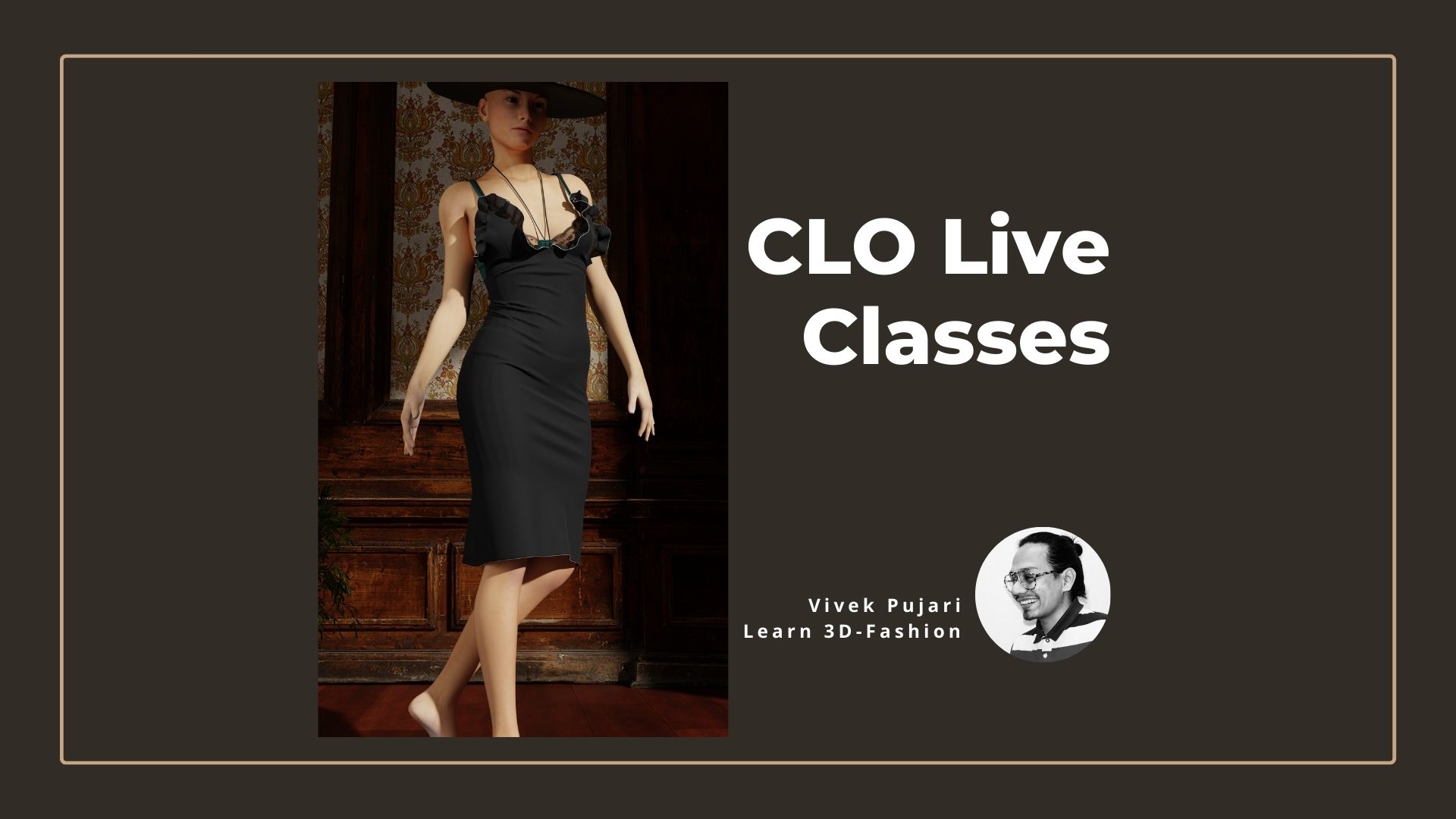
Vivek Pujari
Founder, Learn 3D Fashion Platform
I’ve had the privilege of educating over 2,800+ students, with my course attracting participants from renowned institutions and companies such as NIKE, FIT, Harvard, and a diverse international cohort from more than 10+ countries.
A common inquiry among prospective students revolves around the mode of learning: recorded classes (asynchronous learning) versus live classes (synchronous learning).
Based on my extensive experience in teaching CLO and various digital fashion software tools, I’m here to share insights and recommendations to guide those considering embarking on this digital fashion learning journey.
What to know before starting your journey to learn CLO?
Concepts are more important than software.
CLO 3D is a tool used for fashion sampling, yet it’s one among many, with alternatives like Browzwear, Tuka3D, and Optitex also available. Software will evolve, and the popular ones will shift with time, but the underlying principles of 3D fashion design remain constant.
So it becomes important for you to focus more on concepts like 3D modeling via patternmaking, texture development, garment construction, finishing process, avatar, and rigging for animation.
Ensure the course content remains current.
As 3D software is frequently updated, whether you opt for recorded or live classes, it’s crucial that the course material is regularly refreshed to stay relevant with the latest software capabilities (6 Steps of Learning 3D Fashion with CLO 3D).
Why are CLO Live Classes better?
Drawing from my experience of teaching over 2,800 students, I’ve observed that participants of live sessions often produce superior work compared to those who opt for pre-recorded materials. For instance, the student work showcased below primarily comes from those who engaged in live classes.









